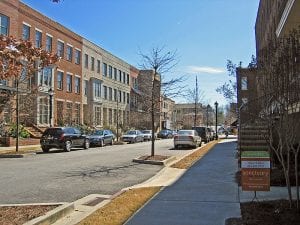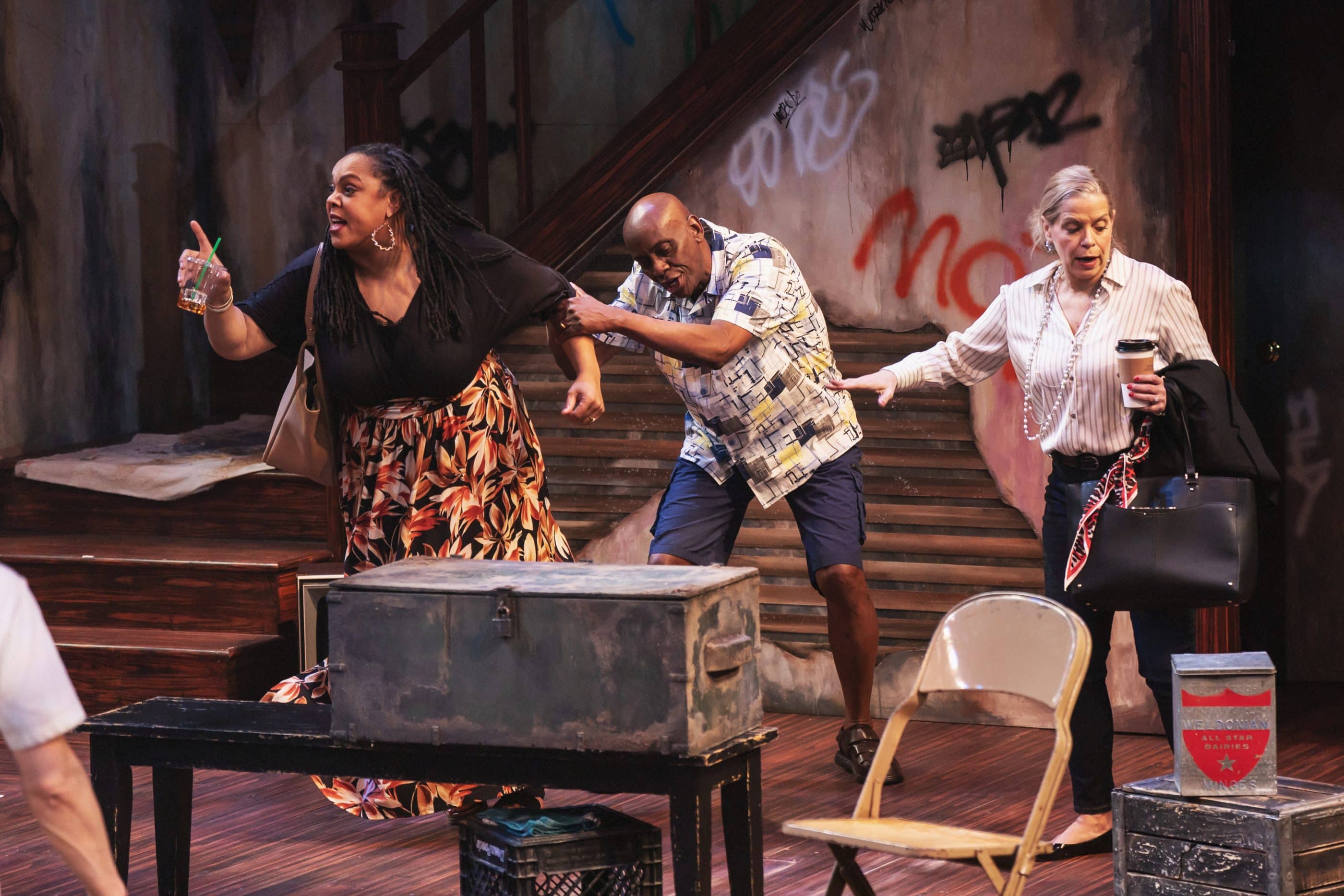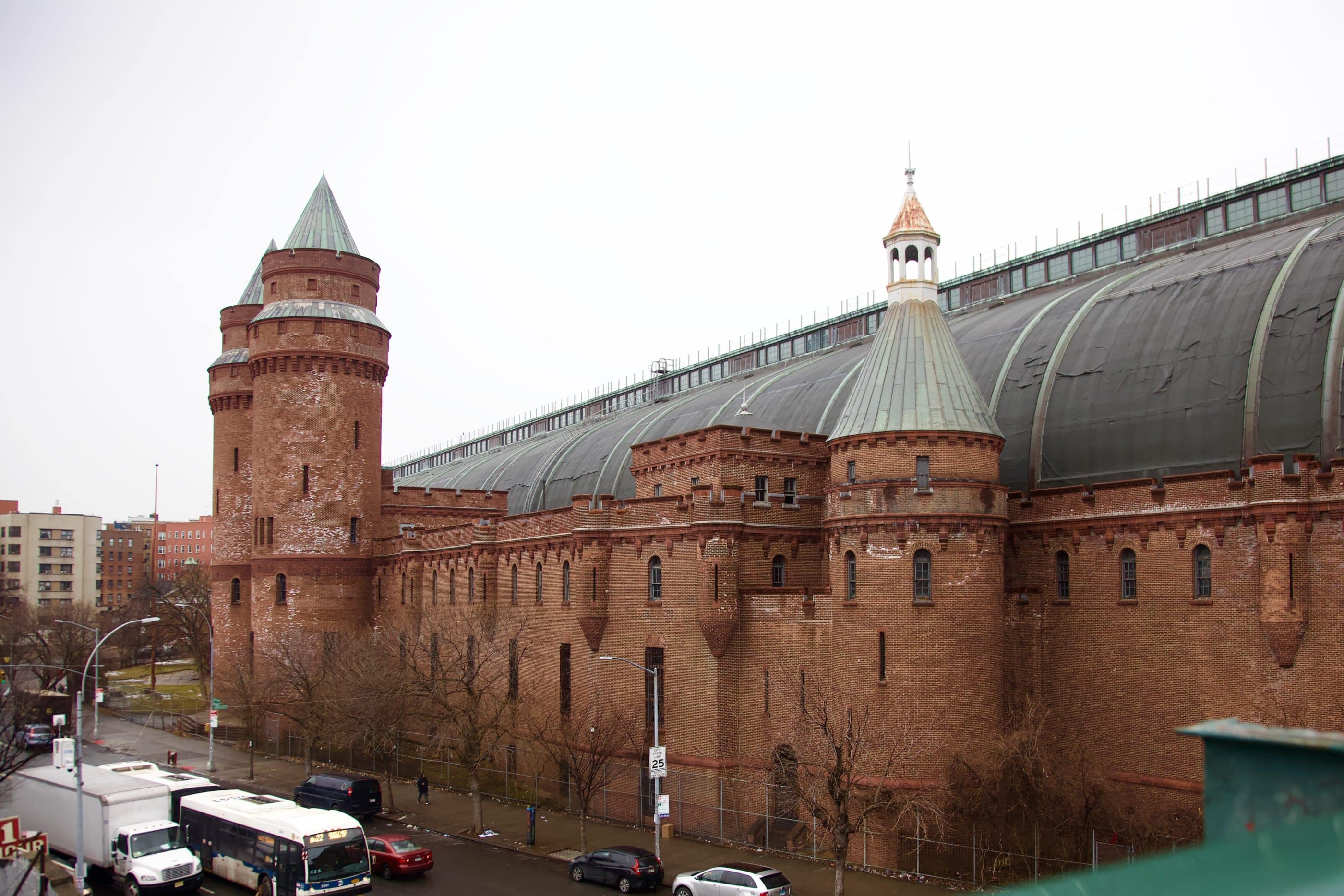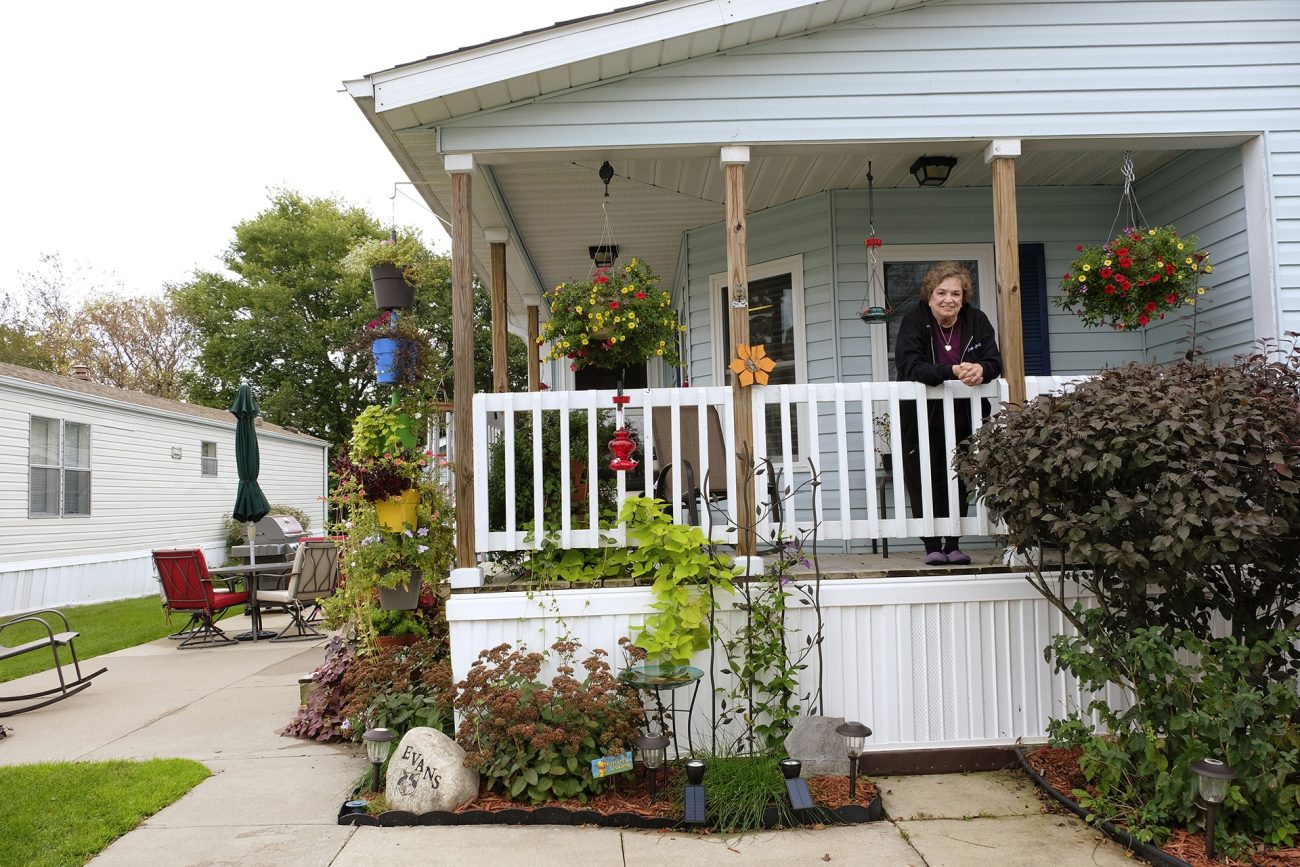
Photo by Brett VA, CC BY 2.0
To date, no one in Boston has advanced a comprehensive strategy to combat gentrification in at-risk neighborhoods such as Roxbury.
“Gentrification” can mean different things for different people, including new local investment, an increase in average incomes, rising home prices or rents, a different occupational mix, higher educational level, and/or a new race/ethnicity mix. I use gentrification to refer to revitalization and reinvestment causing a relatively sharp increase in rents and home values in low- and moderate-income urban neighborhoods resulting in actual or imminent displacement of residents.
To the extent that existing residents can reap the benefits of rising home values, educational levels and incomes; new small business and job opportunities; and improved credit scores and lower loan delinquency rates—that’s not gentrification, it’s just good community development.
It is important to agree upon a key indicator that measures when a neighborhood is at risk to the forces of gentrification and can serve as a “trigger” for investment of resources designed to prevent or mitigate displacement. I like economist Daniel Hartley’s key indicator: a neighborhood is gentrifying if it is located in the central city of a metropolitan area and it goes from being in the bottom half of the distribution of home prices in the metropolitan area to the top half. By that standard, since 1999, a quarter of Boston’s residents have experienced gentrification of their neighborhood, making ours the fastest gentrifying city in the U.S.
RELATED ARTICLE: What Does Gentrification Really Mean?
Roxbury is poised to suffer the effects of gentrification. Housing prices are rising significantly. The 2010 census shows that, after decades of flat population and housing growth, since 2000 Roxbury added 2,200 new housing units and 6,970 new residents, including 4,400 more white residents. A post-gentrification Roxbury could lose almost 10,000 African-American and Latino households, and gain around 8,100 white households. Roxbury would be a majority white neighborhood.
The following are seven policy initiatives drawn from recent studies and articles that could be part of a community stabilization agenda using smart growth and equitable investments in order to prevent or mitigate gentrification in Roxbury and other at-risk neighborhoods in Boston.
Policy 1: Aggressively build middle-income housing. Thousands of middle-income households today cannot afford to rent or buy in Roxbury. New construction home prices are at $550,000, requiring an income of $150,000 to buy. The city is selling its stock of small vacant lots to developers to build middle-income housing, but that’s not nearly enough to prevent displacement. We need a much more aggressive middle-income housing production program including investment of city subsidies. The city should resist calls to devote all of the city’s housing resources in low-income housing production.
Policy 2: Reduce or freeze property taxes to protect long-time residents. Major cities are considering tax programs to help retain long-time homeowners in at-risk neighborhoods. In Boston, the city council recently passed a bill allowing homeowners whose taxes have grown by 10 percent or more to defer property tax payments until they sell. Approval of the state legislature is required.
Policy 3: Protect senior homeowners. In Boston, a major concern is that low- and moderate-income seniors are choosing to sell because they cannot afford rising property taxes in gentrifying neighborhoods and cannot afford the upkeep on their homes. The city should dramatically increase funding for existing senior home repair programs, and these programs should prioritize gentrifying neighborhoods. The existing property tax deferral available for Boston seniors with incomes under $55,000 should be vigorously marketed in gentrifying neighborhoods. Seniors owning and living in 2- and 3-family homes in at-risk areas should be rewarded for keeping rents affordable.
Policy 4: Prohibit large-scale luxury development in at-risk neighborhoods. The single biggest cause of displacement is large-scale, high-cost housing development. Boston should accordingly promote small- and medium-scale, mixed-income development in at-risk neighborhoods like Roxbury, and forbid market-rate, large-scale development.
Policy 5: Create a stabilization voucher. Some community development advocates propose that the federal government create a new type of housing voucher, to be awarded to long-time residents of low-income communities to help them stay when gentrification poses a risk. I call this a stabilization voucher, because it retains low-income residents to help stabilize communities by avoiding displacement.
Policy 6: Change the fair housing rules. In order to provide federal resources disproportionately in at-risk majority-minority neighborhoods, such as the stabilization voucher described above, the fair housing rules need to be re-written. Traditional fair housing rules can discourage equitable investment in at-risk neighborhoods, based on policies opposing concentrations of poverty and favoring relocation to suburban “opportunity communities.” Fair housing instead should affirmatively promote equitable investment in emerging urban opportunity communities—the neighborhoods of color at-risk of gentrification. [See Closing the Divide: Fair Housing and Affordable Housing]
Policy 7: Production! According to the Metro Area Planning Council, we have to build 14,000 units a year in order to meet the demand for housing in metro Boston. However, actual annual production has ranged from 4,000 to 9,000 units. In the long term, the only way to meet demand and stop gentrification is to make it much easier to build more housing in Boston and the region. Even new luxury housing will help meet this goal, but these developments should be confined to Boston’s high-cost ghettos—Back Bay, Beacon Hill, Fenway, the Seaport and downtown (after carving out a buffer zone protecting Chinatown).
Finally, apart from the policy discussion, the gentrification conversation has to be framed around the underlying issues of power and race that created inequitable development here and make gentrification possible. Roxbury has to own a vision and strategy for community stabilization that changes the balance of power and transfers equity to tenants, homeowners and businesses.
This post is an excerpt from Seven Policies That Could Prevent Roxbury’s Gentrification from Nuestra Comunidad Development Corporation.
Tenant protections and permanently affordable housing are also important parts of fighting gentrification. Also read more on the discussions about the role of housing supply and housing cost.
Photo credit: Brett VA CC BY 2.0




Wonder why fair housing advocates tend to think that the relationship with the affordable housing/community development industry is a one-way street? In this otherwise excellent commentary, the author exposes an anti-fair housing bias:
1. Fair housing rules don’t need to be “rewritten” to encourage equitable development in gentrifying neighborhoods. They already do that. As with fair housing rules generally, they just need to be enforced.
2. The statement that fair housing rules should encourage investment neighborhoods of color “at-risk” of gentrification INSTEAD of opening access to opportunity neighborhoods. What happened to balance and respecting both strategies?
3. “Relocation” is an inappropriate and even pejorative term to use when families voluntarily (and often eagerly) exercise the choice to move elsewhere to get what they feel is a better environment for their kids. The term —- deliberately or not —- conjures up an image of forced displacement due to urban renewal/redevelopment. It also disrespects the choices that real families make —- or would if their community offered a housing mobility program.
A final question, do we really need to encourage cities to invest their housing dollars in middle class housing instead of housing for low-income families? Aren’t they already too inclined to divert housing resources away from the poor in the name of revitalization?
Roxbury, Dorchester, and now, Mattapan – the African American community deserves unique and special consideration and economic support. The enforced, legislated, and historical lack of household equity is a major factor in much of the current economic and housing distress and should be addressed – not that it ever will be…
The economic capacity conferred by Social Security was legislatively engineered to exclude predominantly black occupations, the GI bill and related housing legislation, the largest single entitlement ever bestowed on white, working class people anywhere, ever, almost entirely excluded Black veterans and their families.
And then there was the redlining – thoroughly explored in Harmon and Levine’s “The Death of an American Jewish Community.” If you haven’t read it, and do, you will cringe at the cynical and callous use (or misuse) of federal housing money by Boston’s banking and real estate establishment – which, as far as I know, was never really called to account. There was a little embarrassment, perhaps, but when you can pay CEO’s in the low tens of millions, what’s a little embarrassment? Then there is the squeeze factor as the non-profit segments of Boston’s financially privileged community, the universities and medical institutions, continue to encroach upon and raise property values in these communities.
In response to Barbara Samuels’ last point (and thanks for raising some very challenging questions), we need to place economic power in the hands of people directly rather than making decisions for them so that they do, indeed, have a choice, a real choice. Low income housing, sadly, is most often built based on cost factors, land in particular, that results in barrack like structures on environmentally challenged terrain – close to highways and heavily traveled streets, for example.
As we pointed out in our “District of Columbia Analysis of Impediments to Fair Housing Choice 2006-2011,” there are two key tools to mitigate the segregative impacts of gentrification. One of them is mandatory inclusionary zoning which is available to most cities and counties in the country (although in Wisconsin, the court invalidated it in Madison because the state prohibits rent control — an unanticipated result of a state statute adopted before anybody in Wisconsin ever heard of “inclusionary zoning”).
The other is fairly unique to the District of Columbia which is the city’s law that gives tenants the right of first refusal to buy their building (no matter how many units in it). The District uses CDBG funds to finance the soft costs of converting to low-equity cooperative (the most successful form of affordable housing the nation has ever known), funds that repaid once the low-equity coop receives permanent mortgage financing from the private market. You can get all the details by visiting https://www.planningcommunications.com and downloading the DC AI.
A high priority is placed on protecting and retaining long-time homeowners, but long-time renters can be casually dismissed?
No discussion of policies for tenants who are the ones who are displaced? Astounding omission!! Whole lot of propping up of the property rights=security platform in this one.
Good points Jennifer and Terry! Tenant rights and renter anti displacement strategies need to be a core part of an anti-gentrification platform for sure; we’ve been writing about those campaigns and will be doing more so. This is an older post, but we’re trying to reach the author to make sure he sees your comments.
Really great post. This answered the majority of my questions. When I read this I actually opened up a word document and started taking notes haha.
Great information and easy to implement in the city of Houston. Thank you
Letitia Plummer Houston City Council At Large 4